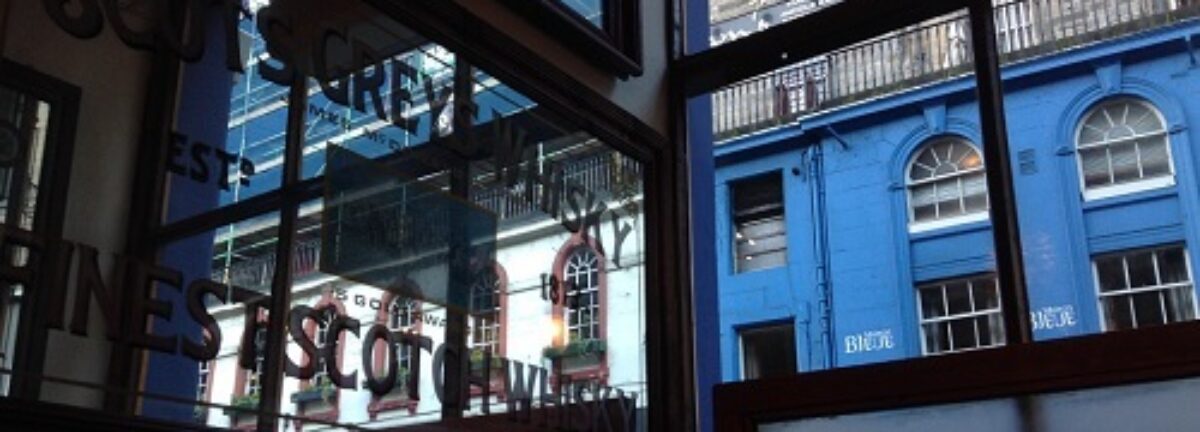Some photos appear on unnumbered pages and not in any particular relationship with an entry. As a result, this section was created to capture those comments and any others about images. The entry may be cross posted.
The “Christian Feigenspan Breweries” trade card illustration accompanying the “beer style” entry page 114 is noted as being “circa 1870” when the company’s own history claimed a founding date of 1875. Other aspects of the card (the plural “Breweries”, the beer portfolio, the P.O.N. brand) suggest it’s probably more likely from the 1890’s > 1910’s.
The photo accompanying the entry “Craft Brewing” at page 271 incorrectly refers to the activity of the brewer shown as he “removes spent grain from the mash-tun” as “mashing out.” The term mashing-out, also known as mashing-off, together typically refer to the final stage of the mashing process where the brewer raises the mash temperature to 167 or above. What the gentleman in the photo is doing is simply cleaning the spent grains out of the mash tun. If brewers have a special term for this crappy job, I am not aware of it. The term “mashing-off” is properly used at page 577.
The caption for the photo on the 3rd page of the unnumbered pages between 312 and 313 twice mentions “hop vines” when it should say “hop bines”.
The photo on 4th page of the unnumbered pages between 312 and 313 is described as being ‘The King’s Head Pub in London’ but does not identify which one it is. There are a number of pubs by that name.
The Marble Arch photo: In the photo on the 6th page of unnumbered photo plates between pages 312 and 313, there is a montage of ‘historical London pubs’. The Marble Arch brewpub in Manchester is included in this, which is about 200 miles away. The photo clearly shows “73” over the door of the pub and The Marble Arch Inn in Manchester is found at 73 Rochdale Road. See the Time Out Manchester entry for the Marble Arch as well as this entry in a web directory with its own photo. See more here.
The photo on the 10th page between pages 312 and 313 says “Stained glass, c 19th century, from the Tournai Cathedral in Wallonia, Belgium, depicting the Bishops of Tournai as they levy taxes on beer and wine.” The picture is of one of the Windows of Privileges in Tournai Cathedral, which date from the end of the 15th/beginning of the 16th centuries, and does not show “the Bishops” (there was only ever one at a time) but a canon, collecting tolls. In addition, the window illustrated shows the collection of tolls on wine: a different (and far more interesting) window in the set shows the collection of tolls on beer, which also includes an illustration of the interior of a brewhouse. See In his milieu: essays on Netherlandish art in memory of John Michael Montias, p202, the Tournai Cathedral website and Cornell, Beer: The Story of the Pint, p48
The photo at the end of the second line of labels on the 13th page of unnumbered photo plates between pages 312 and 313 is identified as “English beer label, c. 1940”. The label itself clearly states that it was issued by the Silver Spring Brewery Ltd of Victoria, British Columbia, Canada. According to Brewed in Canada: the untold story of Canada’s 350-year-old brewing industry, by Allen Winn Sneath, page 375, this brewery closed in 1908.
The photo in the lower right of the 13th page of unnumbered photo plates between pages 312 and 313 of Old Abbey Ale is described as only “American beer label, c. 1933”. The label says copyright 1945. This is the blown up image from the book. This is an image from a bottle
The photo on page 578 is of Miles Jenner, the head brewer at Harveys, rather than “a brewer”.
The third label, top row of pictures of beer bottle labels on page 529, accompanying the entry on labels, is described as “English beer label, c. 1920”. It is from Randall’s of Jersey: Jersey is not part of “England”, but one of the Channel Islands, and a self-governing crown dependency.
